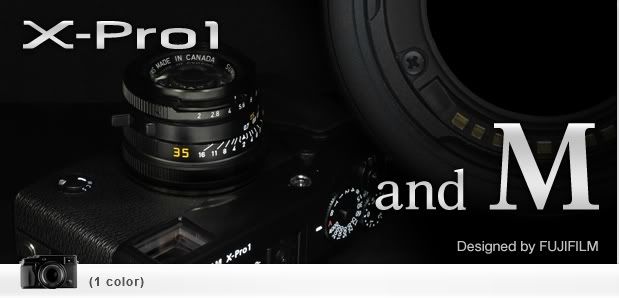fixed point
 
I wonder if Fuji's delay in releasing the adapter has anything to do with Leica's (rumored) upcoming mirrorless announcement? Maybe this technology is something the companies partnered on and will release simultaneously (or Leica first)?


